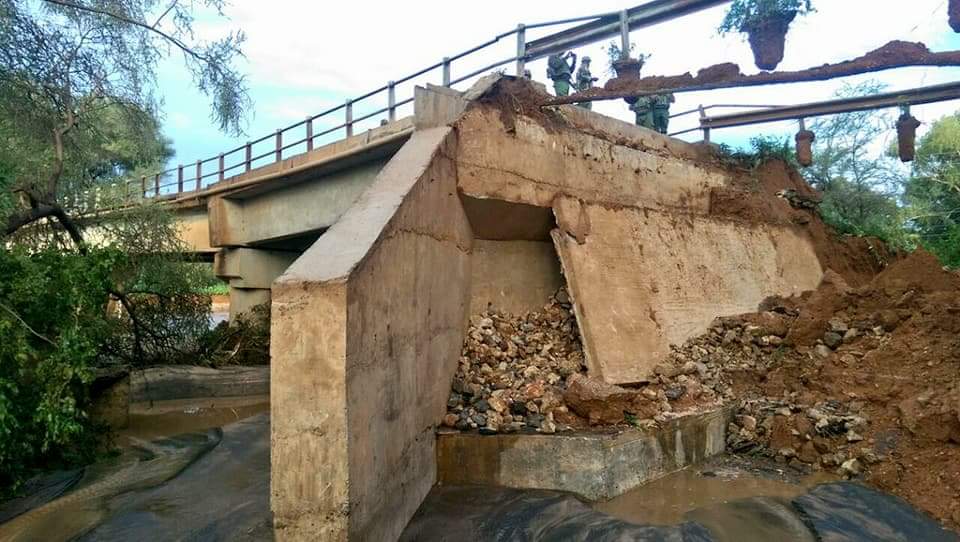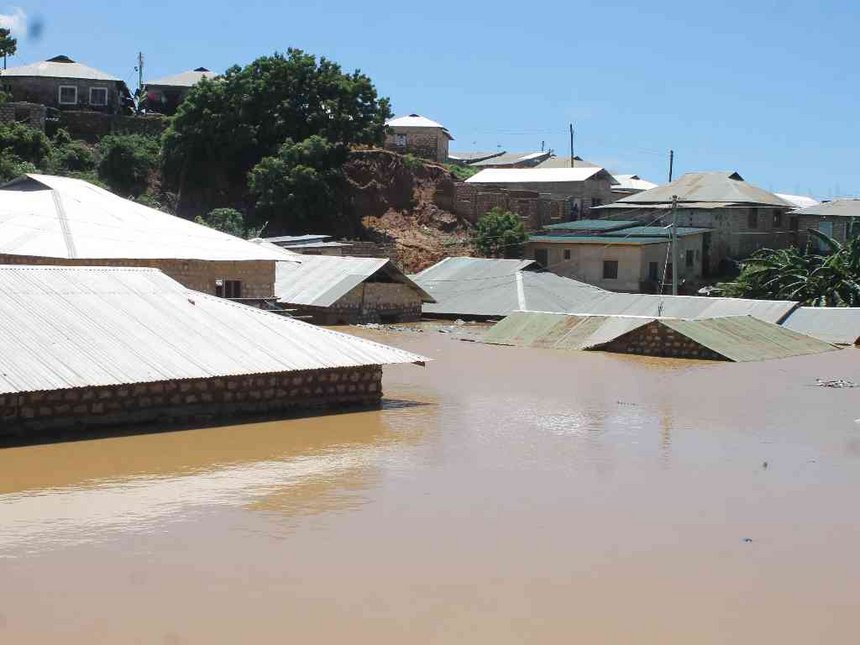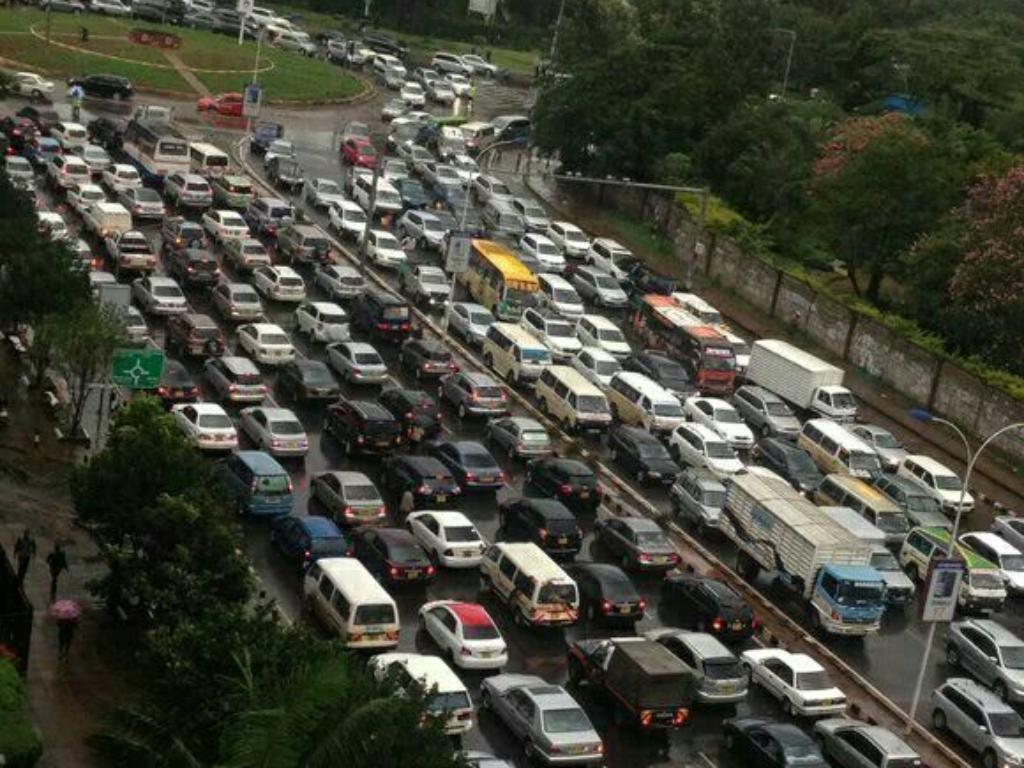Heavy rains pounding across various parts of the country for the past one week have signified the onset of short rains which are expected to last till the end of December. With each downpour, these rains are exposing the vulnerability of our urban infrastructure that we normally take for granted during the dry season.
The sights and sounds across the country point to various misfortunes that have befallen citizens ranging from the inconvenience of being unable to access various flooded areas to the extreme case where lives have been lost when people are swept away by flood waters.
Collapse of Weak Structures
Poorly constructed buildings and inadequately designed structures are more likely to collapse in the rainy season than in the dry season.
The risk is also eminent in ongoing constructions particularly walls under construction if not adequately propped or reinforced.
Precipitation exerts additional lateral and axial forces capable of destabilize substandard buildings thus heightening the risk of collapse.
Occupants of such rickety buildings will always see or notice signs of imminent collapse such as major cracks in the walls, gaps between the floors and walls,frames of doors and windows appear bending or inclined to one side etc.

Irregular approval of plans for construction without a care about environmental consequences has seen a rise of buildings constructed on riparian land and natural watercourses.
These building on riparian land are at high risk of collapse with weak foundations that are not anchored on firm ground.
Buildings that are constructed too near to the river interfere with the flow of water causing floods in lower areas.
Areas such as South C, Nairobi West and Langata are prone to floods as a consequence of buildings have been constructed on the banks of Nairobi River.
Flooded residential areas

Floods are common in low lying areas, or areas where the water table is high. There are areas such as Narok and Budalangi that are well known to be vulnerable to floods yet people still live in such, somehow hoping that nature will be gracious to spare them when it strikes.
Every so often people die and properties are damaged when heavy rains strike yet the public and its leadership refuse to move the town to higher grounds . Once homes become flooded and boreholes contaminated then we have fears of outbreak of waterborne diseases.
Paralyzed Transport

The joke doing the rounds is that all roads in Nairobi become rivers during the rainy season.
The underlying problem points to poor planning and the unhappy state of our drainage systems.
I have seen may roads especially in slum areas with absolutely no drains. A slight pour renders such roads impassable.
The obnoxious habit of throwing garbage out of car windows leaving it to be tendered by nature has seen a deluge of garbage clogging existing drains resulting to inevitable flooding when it rains.
As major road sections become impassable, motorists have to bear with huge traffic snarl ups as pedestrians are left to contend with increased fares and shortage of public service vehicles.
Power Cuts
Most power outages are caused by severe weather – high winds, lightning, rain or flooding. During a storm, power poles are vulnerable to lightning strikes while strong winds can snap off tree branches and down power lines.
In extreme cases, substations get submerged in water due to flooding and have to be switched off to protect equipment from possible damage and for safety reasons.
During such times, businesses are the first casualties as their activities get halted or slowed down due to lack of power.
Others are forced to use generators to serve customers and resort to doubling their service fees to cater for fuel expenses.
Cover Image: Rains in Nairobi By Peter Ndung’u








Hi Sylvie, you’ve pointed out the effects of “a little rain” however you haven’t pointed out the reason the rains are so destructive in our context. These could be as a result of poor planning and hence poor construction of the said infrastructure.
Hi Ambrose.
I have actually pointed out poor planning, non existent drainages as the reasons why we have paralyzed transport in most cities.